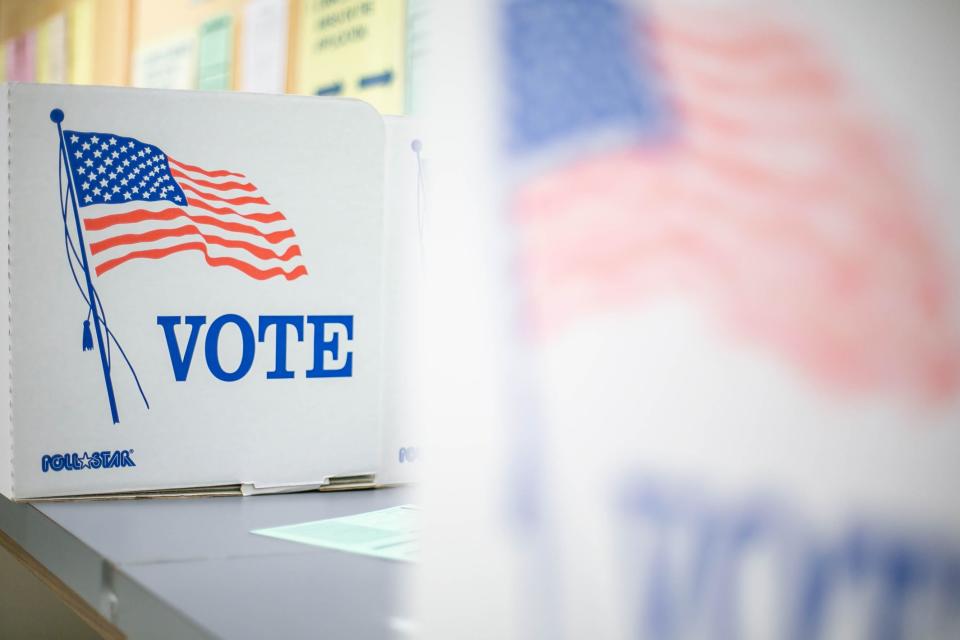Guest: Oklahoma's election system is well-run, but let's make it easier to file
I ran into my neighbor at our polling place last month, and he said "I don't play the lottery, but I do vote." Fewer Oklahomans are doing so. Only about half of our state's registered voters participated in the last general election, even less showed up in the four other elections held in 2022. Despite laudable efforts by the Legislature in recent years to increase turnout, such as reducing requirements ballot access for new parties, we have continued to lag behind other states. While there has been highly partisan debate as to if encouraging more mail-in or early voting is good or bad, there are some other reforms that are less polarizing, which ought to be considered.

End straight party voting
Oklahoma is one of only six states that continue to impose a straight-party voting device on ballots, all but one of which has lower than average turnout. The less the process is perceived as partisan, the more people will be engaged. This is especially true for the 18% of state voters unaffiliated with any party. Straight-party voting also creates confusion, as some people think they need to mark what matches their registration and often aren't sure if they are allowed to cast a ballot for someone outside their party. An additional advantage is that by eliminating the straight-party device the names of candidates could be rotated on ballots as they are in non-partisan and primary elections. As a Libertarian I was delighted to have our candidates listed first in each of the last two gubernatorial races, but it would be more fair to have a process that doesn't produce such an advantage.
Reduce barriers for candidates to file
More choices on the ballot equates to more reasons for voters to show up and choose. Nearly 70% of state legislative elections were not on the general election ballot this year. By lowering the fees or the number of petition signatures the number of contested races, and campaigns working to get their message out, will increase. This will energize more voters to participate.
Enact ranked-choice voting
When considering their choices, most folks aren't thinking just about policy positions. Only able to make one mark on a particular race, the individual voter may focus on guessing who they think might win or who can beat the candidate to which they are most opposed. Ranked-choice voting allows the voter to mark their preferences in order of first choice, second, third, and so on. If no candidate attains over 50% after the initial count, the one with the fewest votes is eliminated and those second choices get counted, with the process continuing until it produces a winner with support of the majority. This empowers the voter to faithfully express their preferences without having to guess about who can win, and it disincentivizes negative campaigning as candidates will avoid antagonizing voters who might rank them second or third. We're nearing time for the state to upgrade our ballot reader machines and that new technology will be well-prepared for this method. Ranked-choice also will allow for eliminating costly low-turnout runoffs, which sometimes produce perverse results.
Regardless of other problems our state may face, Oklahoma has a robust and well-run election system. Making it easier for candidates to file by lowering fees or signature requirements, giving voters a better way to communicate what they want with ranked-choice voting, and dropping the confusing and polarizing straight-party device are three reforms that will energize voters. We are Top 10 in election administration, and these reforms will help push our turnout rates up among the nation's best, as well.
Chris Powell is a councilman in Bethany.
This article originally appeared on Oklahoman: Guest: There's still room for improvement on Oklahoma election system

